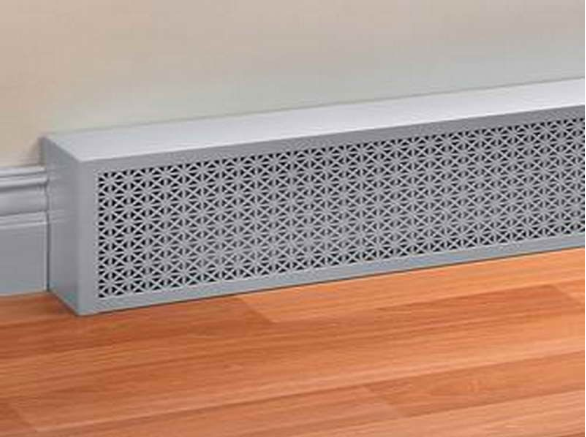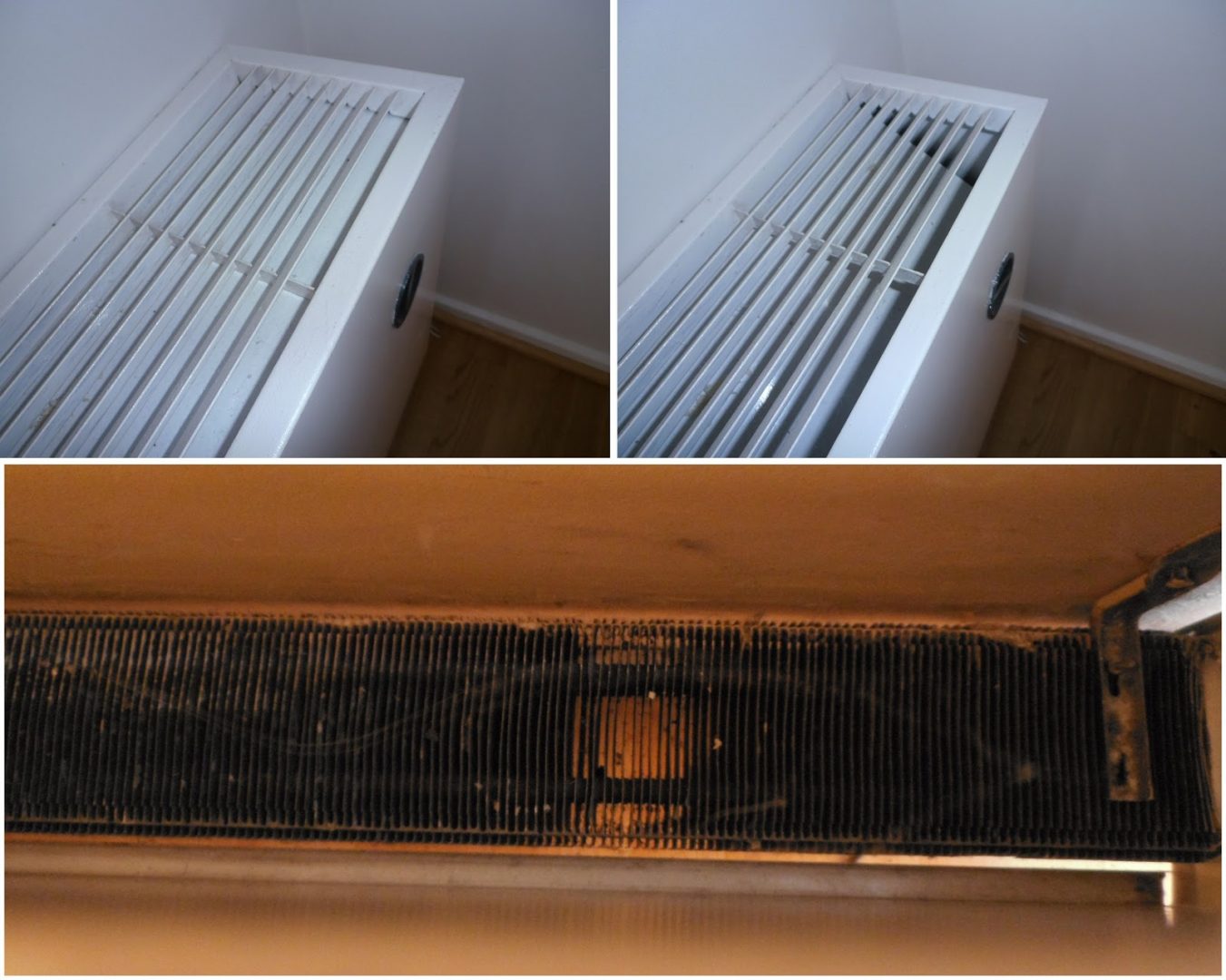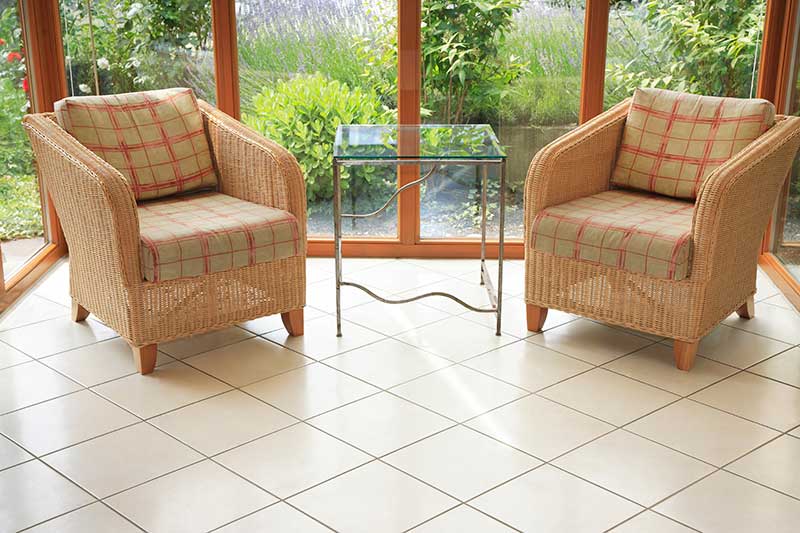Electric floor heating is becoming very popular in the U.S. Once you’ve experienced the luxurious comfort of a heated floor, your immediate response is likely to be: “I want that in my house!”
However, the options can be confusing: do you choose radiant floor heating or baseboard heating? Baseboard heating is known to be inexpensive and advances in radiant floor heating technology have made underfloor systems affordable for most homeowners. Which is the best way to go?
Answering the following questions can help:
- Do you need supplemental heat in a specific area or are you looking for a system that will efficiently heat your entire home?
- Can you replace your existing flooring or do you have to leave it installed?
Radiant floor heating and baseboard heating both have their pros and cons, and at the end of the day, comfort, efficiency, and long-term operating costs should guide your decision-making process.
What is Radiant Floor Heating?

Radiant floor heating consists of a series of heat cables that run below your finished floor to provide a silent, safe, and evenly-distributed blanket of heat across the entire room by convection and radiation.
Unlike conventional HVAC units that blow hot air around the room, along with all of the dust and allergens in the air, electric radiant heat doesn’t require noisy fans or any mechanical equipment to move the heat. Hot air naturally rises from the surface of the floor to heat the entire room at the same time without leaving uncomfortable cold spots.
The Two Types of Radiant Systems
As mentioned, there are two types of radiant heating systems: hydronic and electronic.
Electric
- Electric systems rely on thin electrical cables or mats. They heat up in 15 to 30 minutes and provide extremely even and consistent heating. They are easier and less expensive to install and require virtually no maintenance if installed properly. Electric systems also don’t require bulky equipment to produce heat, so you’ll have more usable floor space.
Hydronic
- Hydronic systems are water-based and consist of small tubings connected to a boiler. The boiler heats the water, which is then pumped through the tubing and cycles through and heats the floor using the same radiant energy. These systems are more expensive, difficult to install, and best for new builds, but still provide very consistent and even heating.
Installation of Radiant Floor Heating Systems
While both systems are effective and have their advantages, electrical radiant floor heating systems are more popular. This is because they are more affordable, easier to install, and can even be a DIY project for a savvy homeowner (however, working with a professional is always the best option).
One of the most significant differences between radiant heat and baseboard heat systems is where they are installed.
While baseboard heaters go against the wall, radiant floor heat systems go under your flooring material. That means you must ensure that your chosen radiant heat system and flooring material are compatible. Denser materials are best because they provide greater thermal conductivity and heat transfer.
Floor Materials for Radiant Floor Heating
Laminate is a popular flooring choice for many homeowners and works well with radiant heating because it is dense despite being thin. A laminate floor shouldn’t be thicker than 18mm; otherwise, it can hinder the system’s performance.
In terms of safety, laminate flooring should not exceed 86ºF.
Tile flooring is a popular option that pairs effectively with radiant heating systems. It offers low thermal resistance and heats up quickly and retains heat more efficiently than other flooring options. Tile also has a high thermal conductivity to allow for better heat transfer, which increases the system’s efficiency. Tile floors can be heated to 84ºF.
Benefits of Radiant Heating
There are many benefits to radiant heat, including:
- Less Energy Usage: Between the radiant energy used and the lower operating temperatures, there is less energy required to heat the space, which lowers utility costs.
- No Cold Spots: By heating objects rather than the air, radiant heating provides more consistent and even heating, to minimize or altogether eliminate cold spots.
- Electric Systems Heat Fast: Electric radiant heating systems can heat up a room in 15 to 30 minutes.
- No Ductwork: Radiant heating doesn’t require ductwork to distribute warmth, which helps reduce potential heat loss common in ducted systems.
- Can Use Alternate Power Sources: The ability to use solar energy makes it more eco-friendly.
- Cleaner Air: Radiant heating doesn’t use air, so dust and allergens are not constantly moving around through the air, which results in cleaner, safer air for those with respiratory issues.
- Less Noise: Radiant heating is virtually silent, with the only sound being a faint “click” from the relay when the system activates, unlike the noise of traditional heating systems.
- No Maintenance: Electric systems do not require maintenance when properly installed.
- Heat Entire Home: Radiant heating can efficiently warm an entire home, though its effectiveness depends on factors like insulation and overall heat loss in the specific home.
- Smart Thermostat Compatibility: Smart thermostats further increase efficiency by allowing you to set schedules and zones, which help keep operating costs low.
- Increase Home Value: Radiant heating is a good investment that can increase home value.
Drawbacks
The primary drawback to the underfloor radiant system is that your existing flooring will need to be replaced so that the new grid can be installed beneath it. This is actually a benefit if you are completing a remodel, since the flooring would be replaced anyway.
Costs
Average U.S. costs for a complete radiant floor heating system are $11-$30 per square foot depending on the system selected and local labor rates. Operating costs are optimized when the system is installed over an insulation board with a tile or stone finished surface. However, electric radiant floor heating systems will work under most floor coverings.
This is a significant factor to consider when comparing radiant heat to baseboard heating cost.
What is Baseboard Heating?

Heated baseboards are small radiator units attached to the baseboard that are two to eight feet long and, like radiant floor heating, can be powered by electricity or water. Both use natural convection to distribute heat. They are normally installed on exterior walls below a window to help compensate for the heat that is lost through the glass.
Electric
Electric systems have a resistive element that warms the air around the heater, which rises, while cooler air is drawn toward the heater, which creates a natural convection cycle.
Hydronic
Hydronic systems rely on water heated by a boiler, which circulates through the pipes in the heater. That heat is transferred into the air and moved via convection energy.
Installation of Baseboard Heating
Electric baseboards must be wired directly to the home’s electrical system, which requires a professional. Hydronic systems require a plumber to make the plumbing connections and connect the heater to the boiler.
Benefits
Some of the benefits of heated baseboards include:
- Affordability: They are inexpensive to purchase.
- Easy-to-install: You don’t have to tear up your floor for installation.
- Space: They take up less space within a room.
- Heating: They can provide optimal heat in a smaller space.
Drawbacks

If you consider efficiency from the standpoint of converting electricity to heat, then 100% of the electricity required to operate a baseboard unit is converted to heat. However, its ability to heat a room is very inefficient. In fact, it costs 2-3 times more to heat a room with baseboard heat than with a HVAC unit. All the money saved in installation is lost in operating costs.
Costs
When comparing the radiant heat vs. baseboard cost of systems, baseboard heat is significantly cheaper at around $100 per system and $500 to install.
Annual running costs are where you will see higher numbers. The average 2,000 sq ft home will have running costs of around $1,300 per year. However, a home of similar size in the colder Northeast region may see running costs of up to $3,000 per year.
Stay Warm with Radiant Floor Heating from Warmup
Aside from both options being heating systems and offering electric and hydronic systems, it is hard to compare radiant heat to baseboard heating systems. If you are looking for an effective heating solution that can lower utility costs, radiant heating is the option, and a Warmup system is the way to go!
Warmup specializes in electric radiant heating systems for indoor and outdoor applications by offering cables like the DCM-PRO and accompanying Membrane System and mats like the StickyMat System, which offer wide flooring compatibility.
Warmup’s smart thermostats, the 6iE Smart Thermostat, and Terra WiFi Thermostat make these systems even more efficient. Both offer a sleek design, advanced technology like Weather-based Early Start and SmartGeo, and scheduling and zoning capabilities that give homeowners full control over their system usage. App connectivity further increases efficiency as homeowners can monitor that usage and control the system, even when not home. Contact Warmup today to learn more about our radiant heating systems and get a quote for your home.





![Thumbnail [200x250]](/wp-content/uploads/Indoor-Systems-Page-Image.png)
![Thumbnail [200x250]](/wp-content/uploads/image-13.png)
![Thumbnail [200x250]](/wp-content/uploads/Projects-Image.png)